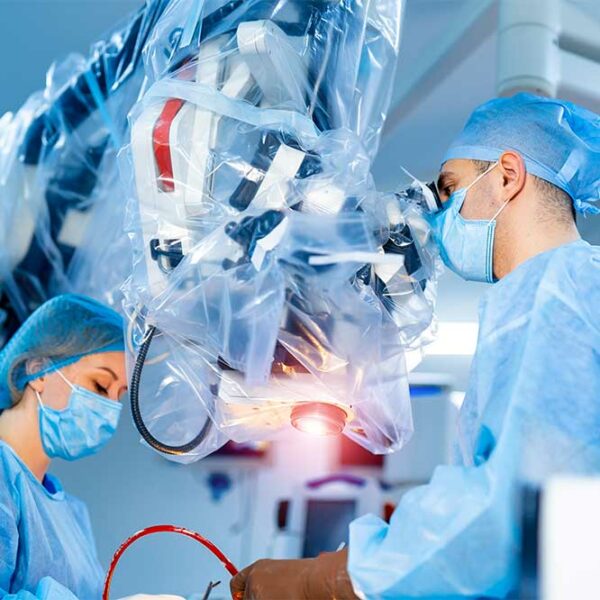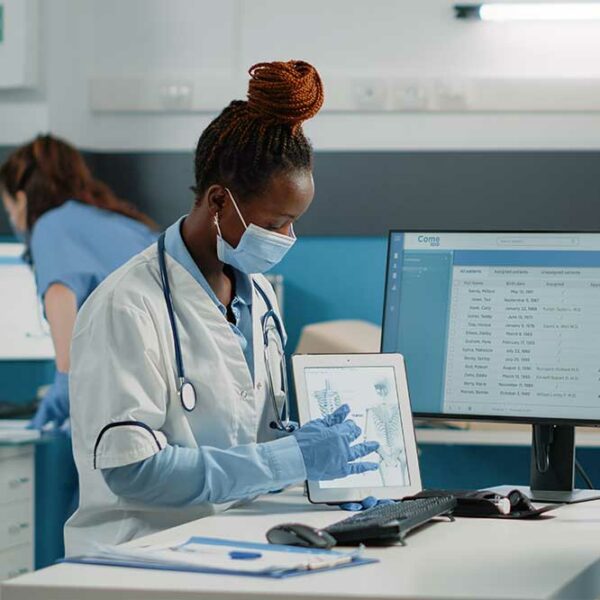
Lumbar Spinal Cord Stimulator (SCS) Surgery
Lumbar Spinal Cord Stimulator Surgery involves the implantation of a small device near the spinal cord to deliver electrical impulses. These impulses disrupt pain signals, providing relief for individuals suffering from chronic lower back pain that has not responded to other treatments. Lumbar SCS Surgery is commonly recommended for chronic lower back pain conditions, including:
- Failed Back Surgery Syndrome (FBSS)
- Complex Regional Pain Syndrome (CRPS)
- Neuropathic Pain
- Radiculopathy



